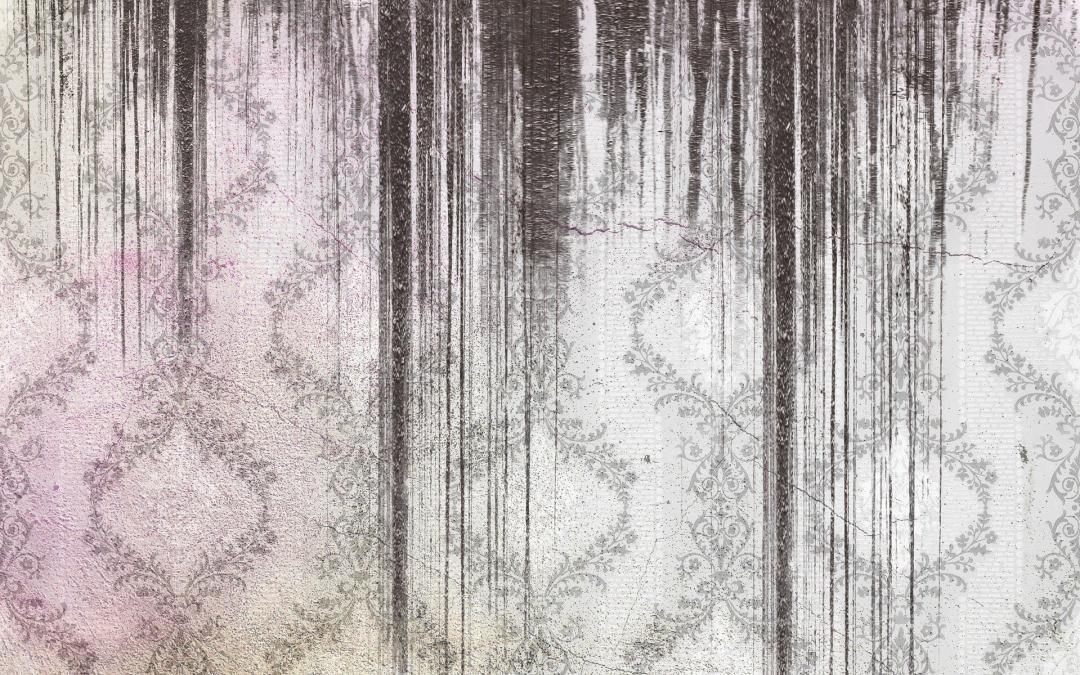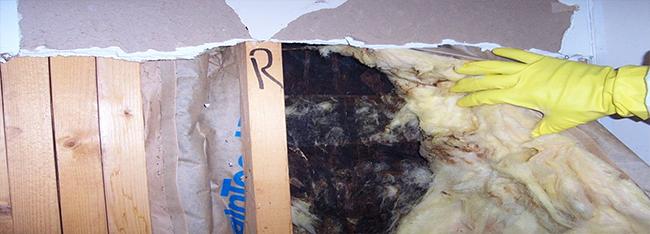Things to Consider in Hiring a Mold Removal Company Vs. Trying to Remove it Yourself
Should I Try to Remove Mold from my Property Myself?
There can be a lot of confusion and anxiety around this question, hire a professional company or try to and clean/remediate mold myself? Some people say try and clean it yourself and others say never attempt to clean it yourself. These two options as stated can be confusing and worrisome
What is the First Course of Action?
Before addressing the cleaning/remediation process, first find and correct the cause. Since mold is mostly caused by a moisture/water issue
first check for the following intrusion/causes for the mold growth:
Plumbing Leaks
Ceiling/Wall Leaks
Recent Spills
Flooding/Puddling
Humidity
These are common water intrusions that cause mold to develop and grow. If you find one of these problems near your mold area, you have most likely found your primary cause. Once the cause is found it is imperative to fix the problem as soon as possible before addressing your mold problem or calling a mold remediation company. If you need to call a professional, ask them what you can do to keep the area as dry as possible while dealing with your mold issue. If you do not deal with the primary cause first your mold will most likely grow back in just a few days
What if I cannot locate the moisture intrusion?
If you cannot locate the source of your moisture contact a leak detection company first. These companies are designed to find the exact location of the source which can save you time damage and repairs. Usually they can fix the problems themselves however if it is a plumbing problem that requires a plumbing professional also, they most likely will give you some great recommendations.

Mold Inspection
Mold spores are a big problem for homeowners. It can grow anywhere in the house which has a plumbing leak, poor ventilation, and high humidity. If left for quite a while, mold spores will eventually spread to different areas and damage house structures. Not only are molds a danger to your house, they also pose health risks for all occupants.
Mold Assessment & Testing
Are you worried that your house is in danger of molds? Then, the first thing you need to do is to assess and test your house for mold.
How Do I Get My House Tested For Mold?
There are several ways to get your house tested for mold:
Mold test kits. Do-it-yourself mold test kits can be purchased in home improvement stores or online retailers. To use these kits, you will collect samples by yourself and then send it to a mold testing laboratory where the type of mold present is determined.
Multiple mold tests. There are three types of mold tests: air testing, surface testing, and bulk testing. The amount of mold spores can change from time to time so it is better to test different parts of your home.
Professional mold testing. The best way to get your house tested for molds is to avail the services of professional mold inspectors. Hiring experts will definitely give you more accurate results.
Mold Expert? Licensed Mold Inspectors
Services to do the following services:
Mold inspection
Mold testing
Mold remediation
Mold removal
Asbestos testing
Asbestos abatement
homeowners need not to worry anymore about mold problems in their homes. Catstrong ensures high-quality mold inspection, testing, and remediation services that will make your home mold-free
Mold
Molds are a large and taxonomically diverse number of fungal species in which the growth of hyphae results in discoloration and a fuzzy appearance, especially on food
The network of these tubular branching hyphae, called a mycelium, is considered a single organism. The hyphae are generally transparent, so the mycelium appears like very fine, fluffy white threads over the surface. Cross-walls (septa) may delimit connected compartments along the hyphae, each containing one or multiple, genetically identical nuclei. The dusty texture of many molds is caused by profuse production of asexual spores (conidia) formed by differentiation at the ends of hyphae. The mode of formation and shape of these spores is traditionally used to classify molds
Molds are considered to be microbes and do not form a specific taxonomic or phylogenetic grouping, but can be found in the divisions Zygomycota and Ascomycota. In the past, most molds were classified within the Deuteromycota
Mold had been used as a common name for now non-fungal groups such as water molds or slime molds that were previously classified as fungi.
Molds cause biodegradation of natural materials, which can be unwanted when it becomes food spoilage or damage to property. They also play important roles in biotechnology and food science in the production of various foods, beverages, antibiotics, pharmaceuticals and enzymes. Some diseases of animals and humans can be caused by certain molds: disease may result from allergic sensitivity to mold spores, from growth of pathogenic molds within the body, or from the effects of ingested or inhaled toxic compounds (mycotoxins) produced by molds

BLACK MOLD REMOVAL COST: SHOULD I BUY A HOUSE WITH MOLD?
BLACK MOLD REMOVAL COST
Dampness in any home can lead to mold and mildew growth, and in addition to being a health hazard, moldy conditions have the potential to cause rot, structural damage, and premature paint failure. If you’re considering buying a home with black mold in the unfinished basement (or the attic and/or crawl space, the two other most common places for mold to be found in homes
HOW DOES MOLD AFFECT THE VALUE OF A HOME?
Mold can affect the appraisal value of a home. For some buyers, this is a good thing because it makes a home more affordable. But if you’re hoping to move into a home in excellent condition, don’t make an offer on a home with mold until you’ve had an independent appraisal. FHA appraisers, for example, are required not only to note if mold is growing in a home, but also the type of mold and its location. If you find that the mold growing in the home is black mold, there are a few things you should know: toxic black mold can cause permanent damage to your health and in extreme cases has even lead to death.
Large overgrowths of mold and mold in unusual locations are especially likely to lower a home’s value. If the FHA appraiser finds that the mold overgrowth is dangerous, you might be required to remove the mold before you can get an FHA loan.
Before you buy any home, you should have it inspected for mold and other problems. During this inspection, you might learn what caused the mold as well as the black mold removal cost. Sellers also have to disclose if there is an ongoing mold problem in the house or if it has previously flooded, but they don’t always do so. Never take a seller’s or real estate agent’s word about the presence of mold. Even if you’re getting a steep discount, get an inspection. The cost of removing the mold could be greater than your savings.
HOW MUCH DOES BLACK MOLD REMOVAL COST? ??
To properly remediate mold (and make sure it doesn’t come back), you’ll need to hire a mold remediation specialist. A mold remediation specialist will remediate the basement while making sure mold spores do not get into the heating and cooling system, which would otherwise get recirculated throughout the home, continuing to make occupants sick even once the basement itself has been cleaned.
Personal Safety During Mold Remediation
How do I protect myself from mold?
Mold remediation protection is important. The first Principle of Mold Remediation according to the IICRC regards Safety and Health. The full range of effects that mold exposure can have on humanity is unknown, and isn’t something that can ever really be understood in its entirety. A person with allergies to mold can be far more susceptible to the ill effects of it and its possibly toxigenic spores. The same caution must be given to those with asthma, respiratory problems or any immune compromising illnesses. It’s also possible that exposure to mold will have stronger effects on children or elderly people.
In any mold remediation project you must wear the correct mold remediation protective personal equipment for the job. A P100 or better rated respirator is essential. Never enter an area infested with mold without a P100 respirator. Breathing in molds spores can be dangerous even for completely healthy people.
Always wear gloves and protective clothing to limit exposure to your skin. Nitrile gloves are a favorite among professional remediators, but kitchen rubber gloves are just as good in many situations. A tyvek, or similar type of full body coveralls is recommended, but sometimes isn’t entirely necessary in the cleaning of smaller mold problems. The very least you should have in the way of clothing should be long sleeves, long pants, boots, respirator and goggles to cover your eyes.
In areas of heavy infestation, (especially in a basement, crawlspace or attic where ventilation could be poor and humidity high) or any situation where you’re cleaning a toxigenic, black mold, you WILL need more and better mold remediation protective equipment. You’ll need full body coveralls, (average, porous clothing can easily capture airborne mold spores, allowing them to reach the surface of the skin during the sometimes hot and tiring process of mold remediation), Strong rubber or nitrile gloves and a full face P100 respirator
Black molds require the right conditions (a large moisture source, poor ventilation, high humidity and plenty of cellulose material to feed on) for them to produce deadly mycotoxins. The Institute of Medicine (IOM) states, however, that all fungi most likely produce allergens that could cause disease depending upon one’s exposure to it. And of course, those allergic to any type of mold will be more susceptible. Standard practice in mold remediation is to take all the precautions one can.